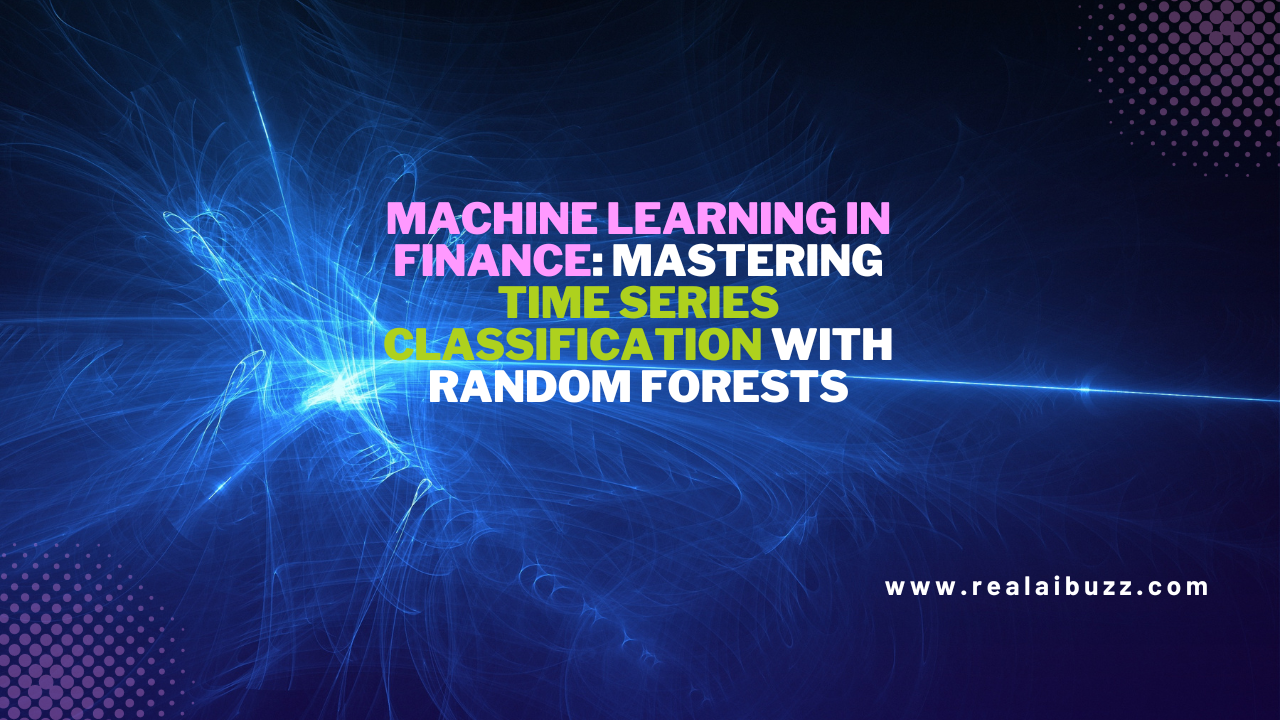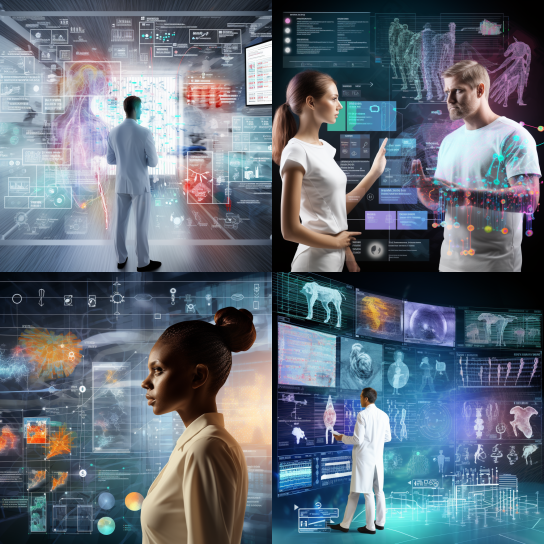Machine Learning
When we talk about Machine Learning it is a subset of AI. Machine Learning provides us with statistical tools to explore and understand the data. Machine Learning has 3 different approaches. In common usage, the terms “machine learning” and “artificial intelligence” are often used interchangeably with one another due to the prevalence of machine learning for AI purposes in the world today. But, the two terms are meaningfully distinct. While AI refers to the general attempt to create machines capable of human-like cognitive abilities, machine learning specifically refers to the use of algorithms and data sets to do so.
#1 Supervise Machine Learning – We have some labeled data. Using that data we can make some predictions for the future. Let’s assume that I have a data set and it consists of height and weight as my two features. I want to classify whether that person belongs to the A category or the B category. In the first stage, I have this data in my hand and I train a model which is a supervised machine learning model. In the case of supervised, we have past labeled data and we know what will be the output of this particular data.
#2 Unsupervised Machine Learning – I am not having any labeled data. Which means I don’t know what is the output. In unsupervised machine learning, we usually solve clustering kind of problems like K-means clustering, DBSCAN, and hierarchical clustering. Based on the similarity of the data we are trying to group that data together.
#3 Reinforcement Learning (Semi-supervised Machine Learning) – Here some parts of the data will be labeled and later on some parts of the data will not be labeled. So the computer or the Machine Learning model learns slowly by seeing the past data and it will be learning as soon as new data comes up.
Machine learning is typically the most mainstream type of AI technology in use around the world today. Some of the most common examples of machine learning that you may have interacted with in your day-to-day life include:
Deep Learning
Deep Learning is a subset of Machine Learning. Can we make the machine learn like how we actually try to learn things using our brains? That is the main idea behind the deep learning. In Deep Learning we create an architecture which is called Multi Neural Network Architecture. The main idea behind Deep Learning is to mimic the human brain. The adjective “deep” in deep learning refers to the use of multiple layers in the network. Methods used can be either supervised, semi-supervised, or unsupervised. Deep learning drives many AI applications and services that improve automation, performing analytical and physical tasks without human intervention. Deep learning technology lies behind everyday products and services (such as digital assistants, voice-enabled TV remotes, and credit card fraud detection) as well as emerging technologies (such as self-driving cars).
Deep Learning has various techniques.
#1 Artificial neural network – Most of the problem statements and most of the data is which are actually present in the form of numbers solved with the help of this technique.
#2 Convolutional neural network – If your inputs are basically in the form of images we will use this technique.
#3 Recurrent neural network – If your inputs are kind of a time series kind of data we are using this technique.









Leave a Reply